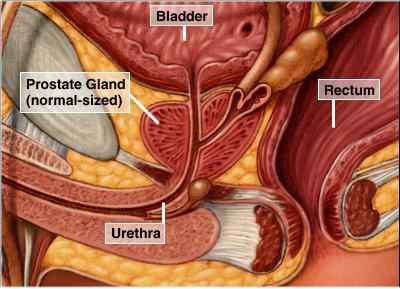 |
Prostate Cancer
|
 |
Prostate Cancer
|
Prostate cancer is the most common cancer in men in the US with a lifetime risk of 16.7%. In 2002, it is expected to account for 14.7% of all cancers and 29.6% of all cancers in men. This cancer is the third most common cancer seen at St. Anthony’s (SAH) accounting for 13.6% of all cases in the Cancer Registry, and for 28% of all cancers in men. We reviewed 1,492 analytic cases in the registry from 1987 through the end of 2001 and present the data here with appropriate comparisons with national data (the NCI SEER data and the NCDB or national cancer data base). The incidence per year has been stable since the large up tick seen in 1992, which mirrored national trends and was thought to be due to the sudden emergence of PSA screening (figure 1). The median age was 73y (figure 2) which was not much different from SEER (median 72y) though the age distribution was older than in the NCDB by almost a decade (figure 3). The racial distribution was 92% white and 7% black (NCDB was 74% and 12%).
Treatment with radical prostatectomy increased in the early 90’s commensurate with the increased incidence of early stage disease (figure 7), and has leveled off at about 30% of all patients (figure 8) and is primarily used in younger men (figure 9). It is difficult to make survival comparison between surgery or radiation but both forms of treatment appear to have excellent results. |